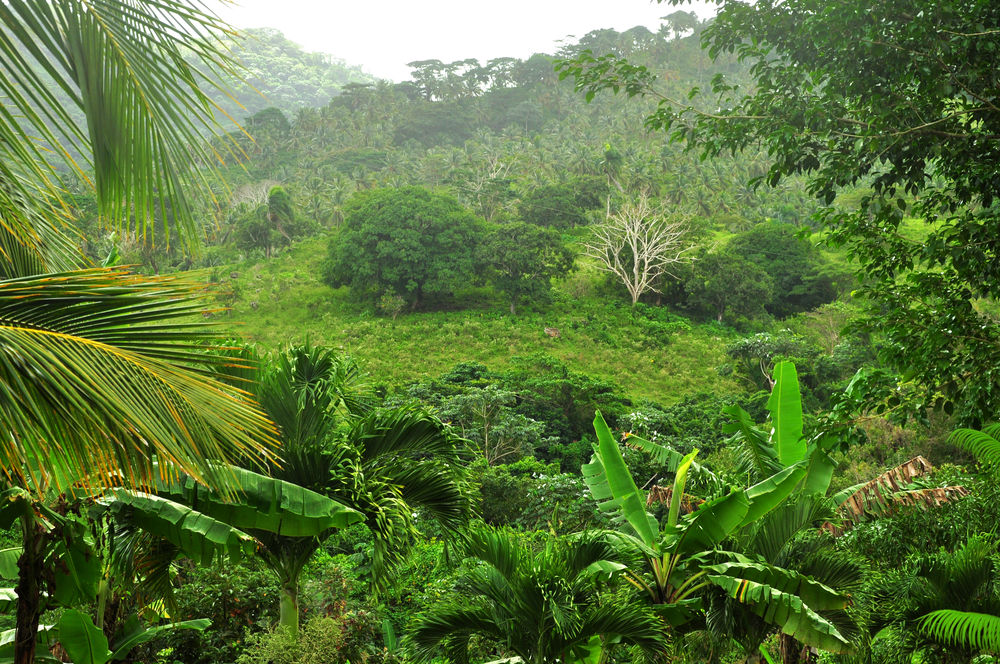In the heart of the Dominican Republic, the dramatic story of land reclamation unfolds. Carlos Rodríguez, a diligent farmer, thinks about the once barren acres he managed for decades. Today, the hill is ornamented with cedars, Creole pines, and cypresses, demonstrating the effectiveness of Yaque River basin restoration project. 15 years ago, Dulce María Fabián and Yakaira Rodríguez pioneered the revitalization of a once-deserted area. This program, part of the Plan for the Development of the Yaque del Norte River Basin (Plan Yaque), is rewriting the story of environmental degradation.
Historical perspective: balancing forests and livelihoods
Centuries ago, Don Franklin and El Negro’s natural lands were subjected to the needs of an expanding population. The Dominican Republic saw a period of “slash and burn,” a desperate migration to the countryside for survival. However, this resulted in unsustainable practices, with land degradation reaching a staggering 50 percent by 2015. Humberto Chaco, the visionary behind Plan Yaque, realized the need to reverse the trend: “The mountains were left bare; we had to do something.”
Plan Yaque: bridging ecology and economy
Plan Yaque, founded in 2009, brings together 30 organizations to conserve the Yaque River basin, the Dominican Republic’s lifeline. The plan’s simplicity rests in convincing landowners that reforestation is not only an ecological need but also beneficial to their well-being. Humberto Chaco, when traveling the country, promotes the community-driven approach: “We are like priests evangelizing.” The convincing argument focuses on inconsistent water access, which is a crucial concern for Dominican farmers. Dulce María Fabián Ortiz recounts her experience in conveying the long-term benefits to landowners: “Ensuring water in 10 or 15 years makes them think more rationally.”
Land recovery: a Dominican triumph
By 2019, Plan Yaque and other environmental efforts have restored 18 percent of damaged land, ranking as Latin America’s second-largest land recovery. Despite little comparable data, the outcome is impressive, as UNCCD’s Andrea Meza observes: “It is an example that soil degradation can be reversed without economic decline.” The Dominican Republic’s GDP, which reached $89 billion in 2019, dispels the myth that environmental protection stifles economic progress.
The guardians of green: community leaders creating change
Around 280 community leaders contribute to this achievement, receiving $146 every month for their vital efforts. They carefully pick properties for reforestation based on the owners’ wishes. Yakaira Rodríguez López, one of the leaders, underlines the shared success, saying “We all win.” Within three years, their attention to tree selection and planning transformed once-barren areas. Dulce María Fabián Ortiz muses on the work, saying, “It was worth it; look at this stream, how clean and fast-flowing it is.”
Navigating the challenges of gentrification threats
As the Dominican Republic’s tourism industry grows, gentrification becomes an issue. Humberto Chaco expresses concern about new luxury residences replacing what should be lush forests: “They want to continue making Punta Canas all over the country.” To address this, project professionals such as Josefina Beltré carefully select properties for reforestation, preventing future land use changes. For Andrea Meza, it’s a crucial regional issue: “Countries have to commit to integrated land use planning, basing our economy solely on extractive systems will only bring poverty, violence, and migration to the region.”
The Dominican Republic’s miracle of restoring a fifth of its territory in a decade serves as a beacon of hope for other countries facing environmental degradation. Plan Yaque demonstrates a scenario in which ecology and economy interact peacefully. As the country thrives with restored ecosystems, it sends a strong message: environmental care is the way to long-term success.












